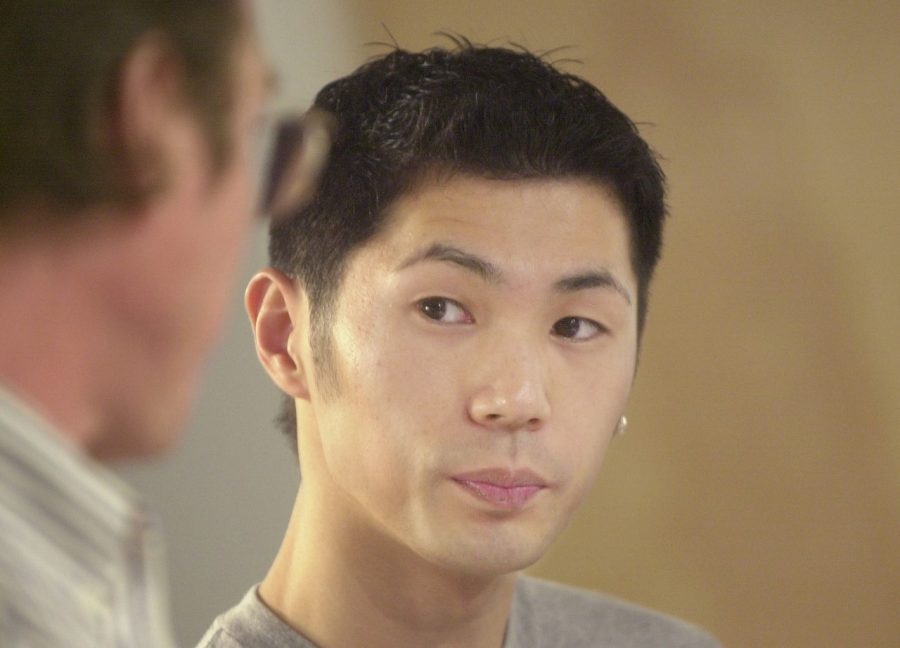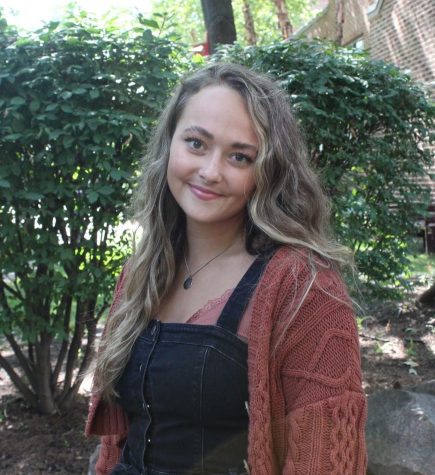Support for the Asian community through art forms
April 13, 2021
In celebration of the Eastern arts, my theater class has been studying the work of Shen Wei, a Chinese-American choreographer, director and artist. Wei is widely recognized for his productions that bring Eastern values and tradition to Western theater, merging the two together to create monumental art forms.
In 2000, Wei founded a contemporary dance company called Shen Wei Dance Arts in New York City, where he served as the artistic director.
What is most interesting about Wei’s work is his choreography.
In the early 2000s, Wei choreographed two very unique interpretive dance forms: folding and connect transfer.
As Wei stated on the dance company’s website, shenweidancearts.org, “In 2000, the Guangdong Modern Dance Company invited me to make folding, my first work with them since I left China in 1995. During this period, I was strongly attached to the simple action of folding: of paper, fabric, flesh — anything. Folding combines traditional Tibetan Buddhist Mahakala chants with the ethereal melodies of John Tavener.’’
I had the pleasure of watching this dance form be performed in a recording of a Wei show during class, and I have to say, I had trouble discerning whether the dancers were real or animated.
They were moving so smoothly and in complete unison, it reminded me of those weird animations popular on Facebook and YouTube, where the figures are floppy, bubblegum pink and oftentimes distorted. So for Wei to choreograph a number so smooth and cartoon-like with real-life dancers was absolutely jaw-dropping.
Another contemplative dance form choreographed by Wei is connect transfer.
Pia Catton from the now-defunct New York Sun called it “a modern masterpiece. To miss it is to miss an exhilarating work by one of the most expansive, creative minds in the arts… ‘Connect Transfer’ blends contemporary dance with painting and — in a sense — sculpture. The Shen Wei Dance Arts company delivers this potent mix with such soaring artistry that it would be an insult to reduce this company’s work to ‘multimedia.’ This is art in the fullest sense.”
On the Shen Wei Dance Arts website, Wei notes that this form of dance was a first for him as well in 2004. It was the first time he had ever used paint to enhance one of his performances.
During the act of dance, Wei noticed how smoothly the bodies of the dancers moved and how they danced in relation to the other performers. Thus, he decided to incorporate paint to permanently capture these artistic relationships and movements on stage.
When watching the dancers perform connect transfer, it is clear to see that they are embodying a paint brush as they dance, merging two art forms into one.
“[I] was also interested in the motion of painting, rather than the act itself,” said Wei.
Wei also noted that this idea of utilizing paint in the performance was a late addition to the production process, but arguably this is what makes the connect transfer form so phenomenal and memorable.
“Paint came late in the process,” he was quoted as saying on the Shen Wei Dance Arts website. “It was a natural progression for me in this dance and in my choreography. I wasn’t taught the arts separately, so I don’t separate them in my work.”
ALI SMITH
[email protected]






